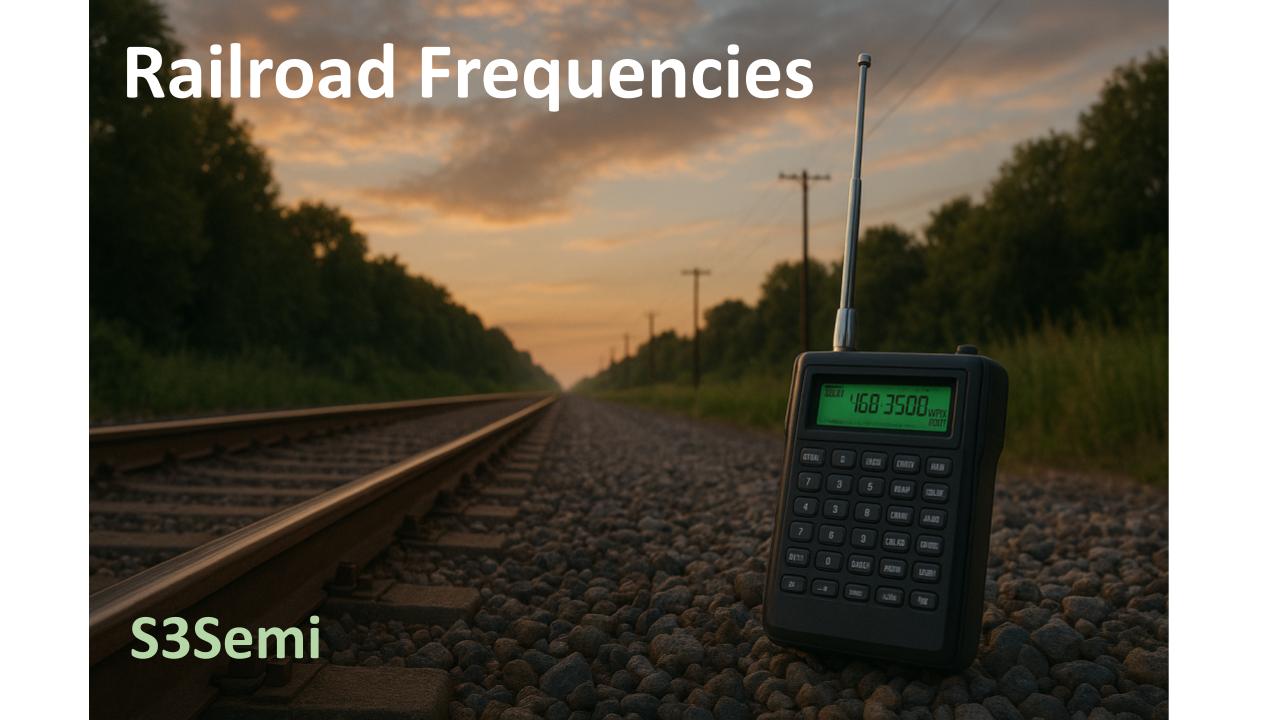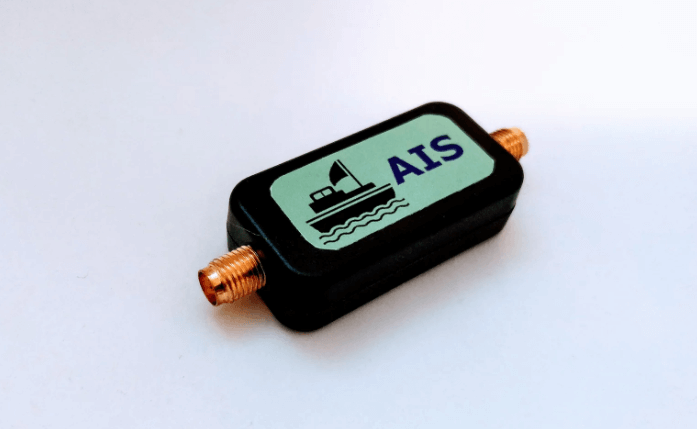🚆 Railroads rely on precise and constant communication to operate safely and efficiently. Whether it’s a train engineer calling dispatch, or yard crews coordinating switching operations, radio communication is at the heart of railroad operations.
In this article, we’ll break down what railroad frequencies are, where they’re used, and how you can listen to them.
📡 What Are Railroad Frequencies?
Railroad frequencies are radio channels allocated specifically for use by the rail industry. In North America, these frequencies are in the VHF (Very High Frequency) band, ranging from 160.215 MHz to 161.565 MHz.
These frequencies are standardized and managed by the Association of American Railroads (AAR), which has assigned 97 unique channels within this range. Each AAR channel corresponds to a specific frequency and is used for different types of railroad communication.
🔢 Common AAR Channel Frequencies
Here’s a quick look at some of the most commonly used AAR channels and their corresponding frequencies:
| AAR Channel | Frequency (MHz) | Typical Use |
|---|---|---|
| 006 | 160.935 | Road or yard channel |
| 007 | 160.965 | Train-to-dispatcher |
| 008 | 161.025 | Mainline communication |
| 014 | 160.320 | Yard switching |
| 016 | 160.350 | Maintenance crews |
| 021 | 160.425 | Road channel (Canada/US) |
| 036 | 160.590 | General operations |
| 056 | 160.950 | Dispatcher communication |
| 066 | 161.100 | Secondary yard operations |
| 097 | 161.565 | Highest AAR channel |
Each railroad company may use different channels depending on their region and needs. Some channels are reserved for specific purposes, like maintenance-of-way (MOW) operations or emergency response.
This filter can be used for AAR channels in the 159, 160 and 161 MHz bands
🏗️ How Railroad Frequencies Are Used
Railroad radio communication serves several vital functions:
- Train-to-Train Communication – Engineers can talk to one another to coordinate track sharing and meet-ups.
- Train-to-Dispatcher – Centralized control centers guide trains across territories and issue track warrants.
- Yard Operations – Crews coordinate switching, coupling, and assembling trains.
- Maintenance Crews – Track and signal workers stay in touch for safety and workflow coordination.
- Emergency Situations – Rapid communication in the event of accidents, obstructions, or weather-related issues.
🎧 How to Listen to Railroad Frequencies
Railroad communications are un-encrypted and open to public monitoring. Here’s how you can listen in:
✅ What You Need:
- A VHF scanner or ham radio that can receive frequencies in the 160–162 MHz range
- Set to narrowband FM (NFM) mode for better clarity
- Optionally, a railroad frequency chart to program the exact AAR channels
🔍 Tips:
- Program the full AAR band (160.215–161.565 MHz) to catch all activity
- Use a railroad scanner app if you don’t have hardware (Broadcastify is a popular one)
- Look up the local AAR channels used by railroads in your area
🇨🇦 Railroad Frequencies in Canada
Canadian railroads such as CN and CP also use AAR channels, meaning the same frequencies apply across the U.S. and Canada. This standardization allows for cross-border rail operations to maintain seamless communication.
🌍 What About Other Countries?
In countries outside North America, railroad radio systems may use:
- Different frequency bands (often UHF)
- Digital trunked systems
- Government-regulated telecom allocations
Always check your local telecommunications authority for up-to-date band usage.
🛤️ Final Thoughts
Railroad frequencies offer a fascinating way to tune into the behind-the-scenes operations of trains in your area. Whether you’re a railfan, a hobbyist, or just curious, listening to these VHF channels opens up a world of real-time logistics and old-school radio discipline.

